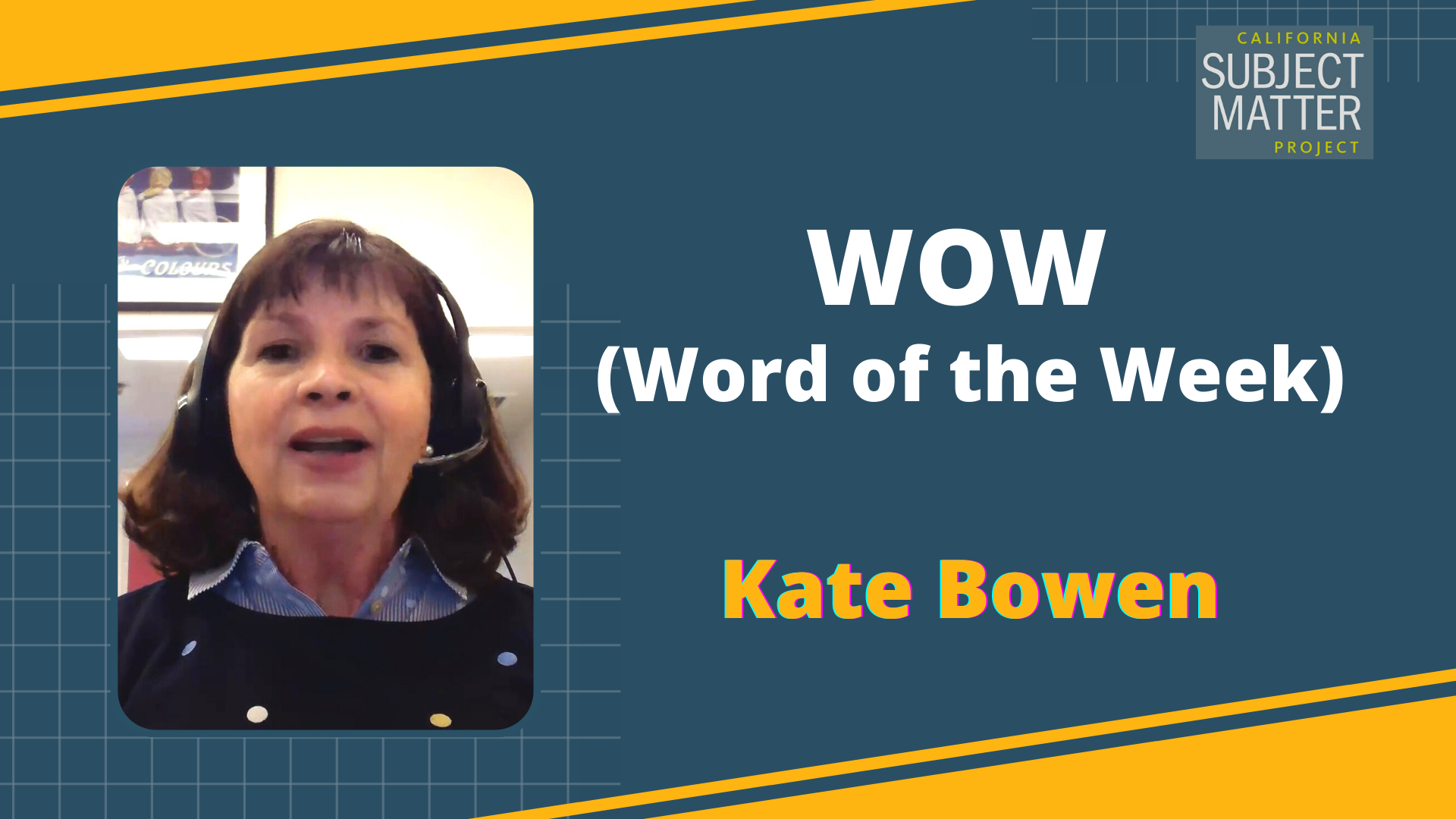Watch the Video
Presenter
Developed by Carla Evans & Jeri Thompson
National Center for the Improvement of Educational Assessment
Transcript
Welcome to the Introduction to Micro-Course 1. This module will provide you with the information you will need to understand the intended audience, guiding questions, organization, and proposed uses of the four modules in Micro-Course 1 as well as how Micro-Course 1 relates to the modules in Micro-Course 2. Both micro-courses focus on learning acceleration using formative assessment processes in the classroom and were created by the California Collaborative for Educational Excellence and the Center for Assessment.
Micro-Course 1 is specifically designed for K-12 classroom educators, particularly those new to the profession or who have less background knowledge and experiences in assessment purposes and uses, as well as experienced K-12 classroom educators. We will discuss how Micro-Course 1 and 2 relate on slide 8.
Micro-Course 1 is designed around guiding questions that are often asked by educators such as:
- How do I know what my students are supposed to be learning?
- How do I identify what my students know and can do before, during and after instruction?
- How do I identify my students’ unfinished learning and accelerate learning to address achievement gaps?
- How do I adjust my instruction to better meet student learning strengths and needs?
The micro-course includes four modules. The first module begins with an overview of the formative assessment process and serves as an introduction to key concepts for novice educators. Module 2 and 3 both address identifying where the learner is now using quick formative pre-assessments (Module 2) and formative assessment strategies during or after instruction (Module 3). Module 4 focuses on how teachers can close the gap between where students are now and where they need to go by adjusting instruction to better meet students’ needs.
Each of the four modules has a pre-recorded video presentation that is between 15-25 minutes long, as well as hyperlinks within the presentation handouts to additional resources and materials. Because the modules are intended to support educator reflection and changes to formative instructional/assessment practices, each module includes interactive elements such as:
- A warm up question;
- Embedded pause and reflect (or discuss) questions;
- And final reflection questions and/or application activities
The modules were created to be used in a couple of different ways. Individual teachers can listen and watch the pre-recorded video presentations to build their professional knowledge and skills around classroom assessment literacy. Teachers could select the modules of most interest to them and complete them in any order, or complete all modules in order. The modules are stand alone, meaning they were not designed such that you have to do them in order or complete all of them. However, there is a coherent sequence of learning developed across the modules in each strand and some modules depend on understanding concepts from a previous module.
Second, and more ideal in terms of fostering discussion and learning from others, the modules were created to be 15-25 minutes in length so they could be viewed by groups of teachers within/across schools during professional learning communities, team meetings, or other grade/content specific teams of teachers. We know these types of ‘during the school day’ meetings typically last around 40-45 minutes. Therefore, the modules were created so that they could be watched and then discussed within that block of time. Groups may decide to pause and discuss the video content at any point during the video. We believe it is crucial that teachers have time to process, discuss, and apply the material reviewed in each module in collaborative and collegial environments. Individual teachers can then respond to the reflection questions and perhaps share their applications and lingering questions at the beginning of the next PLC or team meeting.
Micro-Course 2 is designed to expand the concepts in Micro-Course 1. For example, the overview in Micro-Course 2 provides a more advanced (or complete) framework for thinking about formative assessment processes.
In summary, Micro-Course 1 in the blue boxes addresses part of the formative assessment processes for newer teachers; whereas, Micro-Course 2 provides a more advanced and complete examination of formative assessment processes. The second micro-course also addresses where the learner is going, [click enter] how to involve students and their peers, and [click enter] providing feedback that moves student learning forward. Taken together, these two micro-courses provide a solid foundation for formative assessment processes for any K-12 classroom educator. The modules do not need to be completed in order, but as stated previously, the concepts do logically build upon one another.
Accompanying Materials & Resources
- Click to download the slides for this presentation.
- Click to download the slides for this presentation (PDF).



